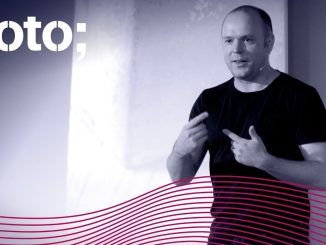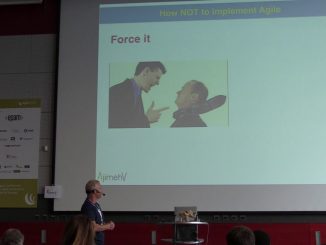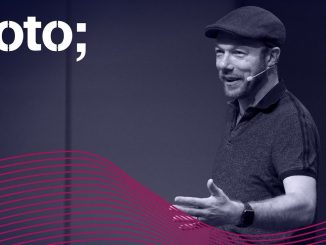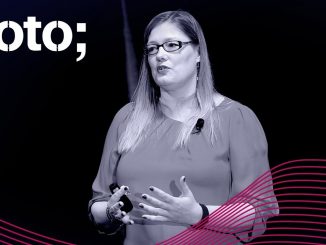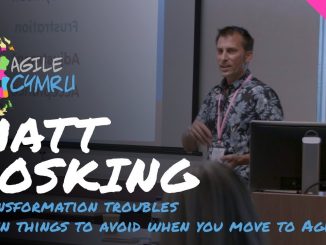Agile change and transformation
Preaching the benefits of agility when pressed for a twelve-month release schedule makes for an awkward conversation. Business commitment and organizational change are needed to successfully adopt agility-building practices like agile, lean product management and continuous delivery. When their adoption is only tolerated by the wider organization on the condition that legacy ways-of-working are respected, their effectiveness is critically constrained.
Whether you are implementing Agile in a small company or a large company, one team or numerous teams, there are several best practices that boost not only the speed of the implementation and not only its quality but also the most important key factor, the ability to stick for a long time and basically to create the right new DNA. This presentation describes the common mistakes that are usually done when adopting Agile and Scrum and how to avoid them.
Many organizations find they have hit a wall in their Agile transformation. Something is still missing: the culture has not changed, leaders do not yet fully understand their full Agile role, the structure is not aligned around value streams, teams find major obstacles to doing, and being, Agile. The causes of these dilemmas are not simple; if they were, you would have solved them by now.
Agile development starts with small Scrum teams tackling small problems. After some initial successes the organization gets more ambitious, and tries to scale Agile, getting more teams tackling bigger problems. At some point these endeavors run headlong into finance and governance structures from a different era, designed with huge projects in mind, and it usually doesn’t end well.
Continuous Digital is the companion book of the Project Myopia book also written by Allan Kelly. Both books are related to its viewpoint that software development activity needs a better framework that the project approach to be successful. If Project Myopia is the book describing the concepts behind his proposal, Continuous Digital provides the “how to”.
In this era of Agile development, we hear a lot about different styles, flavors and even frameworks. When you have the experience of facilitating the Agile journey in big as well as small companies, one thing that you will learn is that one size does not fit all. The only thing that seems to be working is what the presenter choose to call polyglot Agile, being able to “speak” different languages with different teams within the same company.
Large-scale Agile and Scrum transformations are in fashion and senior leadership want their enterprises across the land to “be Agile” or at least be seen to “be Agile”. But what does that mean? What are the risks? What does that cost? Agile transformation is an organizational change that is often assumed to be something much less significant or wide-reaching than it actually is.


